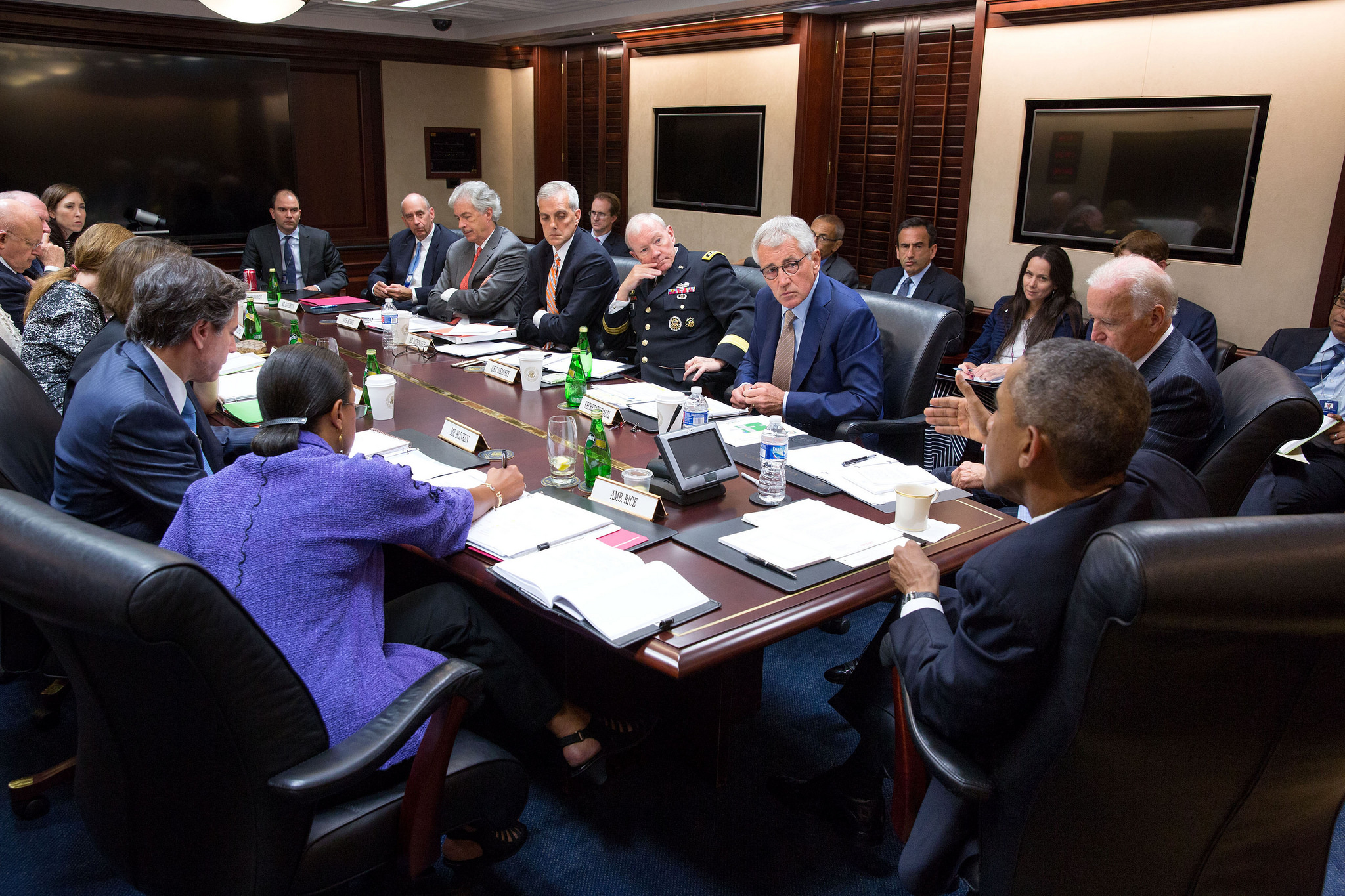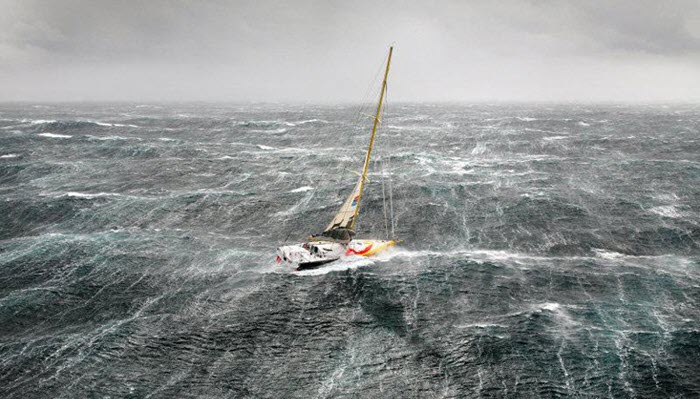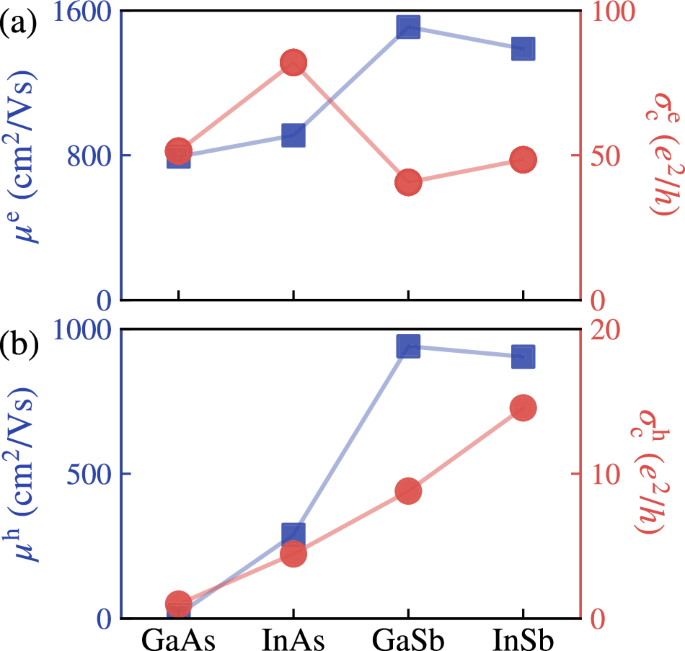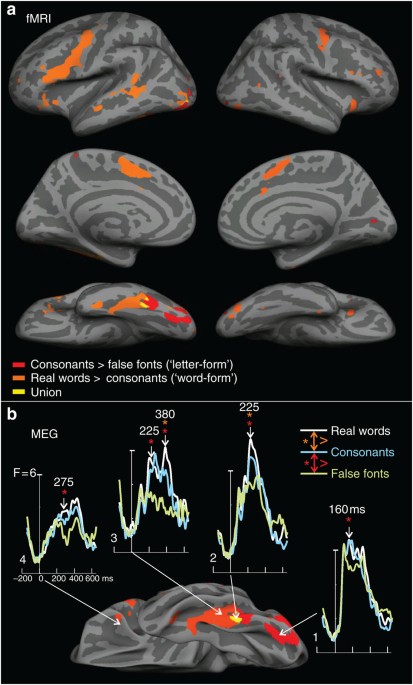
- Select a language for the TTS:
- UK English Female
- UK English Male
- US English Female
- US English Male
- Australian Female
- Australian Male
- Language selected: (auto detect) - EN
Play all audios:
DAVID J. ROTHKOPF, _NATIONAL INSECURITY: AMERICAN LEADERSHIP IN AN AGE OF FEAR_ (PUBLIC AFFAIRS, 2014) In the conclusion of my favorite strategy book, _The Making of Strategy_, the historian
Macgregor Knox notes the need for rigorous process at the highest councils of government in order to “weigh imponderables through structured debates that pare away personal, organizational,
and national illusions and conceits.” History suggests that the making of sound strategy requires some formal mechanisms to define assumptions and aims clearly, to squarely face the
parochial interests of bureaucracy, to accurately weigh strategic options, and to make clear choices about ways and means. The last decade and beyond suggests that U.S. policy makers have
struggled with this challenge, at great cost. We have struggled with our illusions and conceits. Thus, this new book, _National Insecurity__,_ is both timely and relevant. The author of this
detailed evaluation of U.S. policy and strategy structure and processes is a credible judge. David Rothkopf is a familiar voice in national security circles, having served in government in
the Clinton era, and now as the CEO and editor of the FP Group. He has been a serious student of government decision-making in the past, covering the same ground in _Running the World: The
Inside Story of the National Security Council and the Architects of American Power_. That book displaced John Prados’ _Keepers of the Keys_ as the definitive history of the National Security
Council (NSC). Rothkopf’s latest effort is less historical and more analytical than _Running the World_, and is focused on improving U.S. policy solutions. The thrust of the book involves
Presidential decisions since 9/11. It is not the definitive strategic history of the Global War on Terrorism, or a detailed history of where we stumbled. But it is a fairly critical and
almost balanced assessment of two administrations’ efforts to advance U.S. policy objectives in face of an array of challenges from terrorism, Katrina, and the economic meltdown of 2008-09.
He clearly recognizes the challenges that 9/11 and the two concurrent conflicts posed for the Bush Administration. He does not let President Bush off the hook, finding that major policy
decisions like disbanding the Iraqi Army happened without a clear accountable decision process, and criticizes the national security advisor, Condoleezza Rice, for spending too much time
directly supporting the president and too little managing the process itself. He also gives proper credit for the role Stephen Hadley, Rice’s successor, played in bringing order to senior
policy debates at the White House. Rothkopf saves most of his ire for President Obama and his administration. His strident diatribes on this subject seem a bit out of balance with his take
on the Bush Administration. Many of the charges against the Obama Administration are no longer news; its penchant for centralized control and the president’s indecisiveness were raised in
the memoirs of former Secretary of Defense Gates, those of his successor, Leon Panetta, and in Vali Nasr’s _The Dispensable Nation_. Rothkopf clearly prefers the small, professional and
strategically oriented NSC model in which the national security advisor serves solely as a process manager or “honest broker” between the powerful bureaucracies represented by the
secretaries of state and defense, and the director of national intelligence. In the author’s wordy assessment, when this has happened: > the system worked well. But at times, especially
recently, the > president’s White House advisors and an ever more bloated national > security staff played a role that history should have warned them > would cause problems, they
supplanted the agencies that were > supposed to lead, attempted to do their jobs for them, micromanaged > decisions, and as a result did not have time to do the strategic > planning
and coordination that only they could do. Unfortunately, Rothkopf truncates too much history and overlooks the powerful role of personalities and politics in the making of strategy.
Further, Rothkopf’s rapture with the Scowcroft model of the national security adviser is overdone. Rothkopf’s assertion that Scowcroft’s tenure represents the gold standard for an advisor
represents conventional wisdom in Washington but does not stand up to a close scrub. Readers should look at the new biography of General Scowcroft, _The Strategist__,_ or _The General’s War_
by Michael Gordon and Bernard Trainor for a more balanced assessment, particularly on the mangled endgame to Operation Desert Storm when the Bush White House fumbled the war’s termination
and left General Schwartzkopf without political guidance in negotiating the resulting armistice with Iraq. Rothkopf accepts without any consideration that the stoic Scowcroft model is still
relevant in today’s strategic environment. His limited dissection of that model does not account for changes in how Washington and the world have done business over the last two decades. We
no longer live in an age where monstrous bureaucracies with entrenched cultures and powerful external constituencies can be controlled by the temporary politically appointed and
congressionally confirmed denizens we place at their head. Perhaps a centralized operation compensates for our political appointees who average less than 20 months on the job, after
suffering through a confirmation process that debases even the most ambitious of candidates. More critically, is the world moving at a more accelerated pace? Are new challenges coming
faster, with more of them reflecting a “wicked” character? Are both the problems we face and the solutions we need requiring more multi-dimensional solutions that require more intensive
coordination and oversight? At times, the book comes off as schizophrenic as the author bashes the current NSC staff as bloated, but also continually calls for it to do more. For example,
Rothkopf wants the NSC to do a better job of strategic foresight to get ahead of the news cycle and to better anticipate crises in order that our national leaders can better understand and
respond to emergencies. He also contends that “Science and technology capacity within the NSC itself needs to be beefed up, and new offices should be created.” He laments that the current
Office of Science and Technology Policy “is little more than a speech-writing operation.” But he does not recognize how hard it is to get high-priced talent into the government and
particularly into the frenetically paced but underpowered hamster wheel of the Eisenhower Executive Office Building. This is not an endorsement for an operationally oriented NSC staff or
support for micromanagement. But it’s a relevant set of questions that Rothkopf does not seriously grapple with. Defense hawks and proponents of Air Sea Battle may have problems with some of
his other prescriptions. The author claims “We preserve antiquated systems of warfare like carrier battle groups and massive fighter jet programs, even though we know that they will get
little use and in all likelihood will be made obsolete by the next time they are needed.” But he is on surer ground when he charged the strategy and defense community for not having “a fully
developed sense of new threats,” arguing that “we have been overreactive during the past decade and a half to one single, narrow set of those threats–the ones associated with terrorism,
while we have devoted less than appropriate attention to emerging powers or emerging means of conducting warfare and their consequences.” All told, this book is recommended for students of
American national security. We have not yet come to grips with the shortfalls in strategic management that have negatively impacted our long-term interests. The last fourteen years have been
messy and unsatisfying in terms of the attainment of U.S. security interests. The problems started at the top, as Rothkopf notes, at the apex of policymaking. But I doubt that there is a
simple formula or process that can be dictated as a template for all Commanders-in-Chief. Power, politics, personality, and process all come together in managing the affairs of our great
nation. If you want to understand where we have fallen short and begin asking what we might do to improve our strategic competency, this is a good book to start with. _F. G. Hoffman is a
national security analyst currently working at the Institute for National Strategic Studies at the National Defense University. This review reflects his own views and not those of the
Department of Defense or the U.S. government._ Book Reviews










